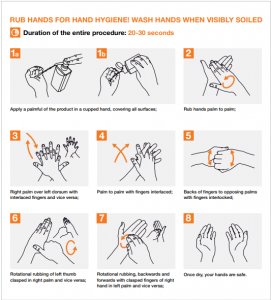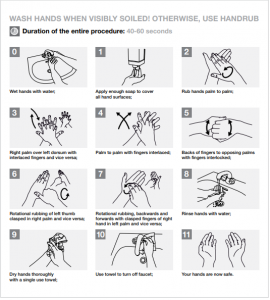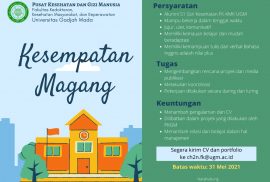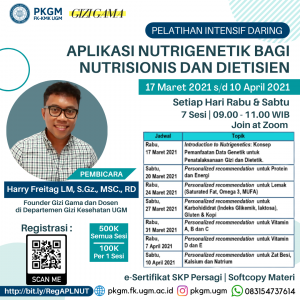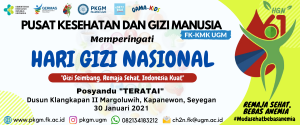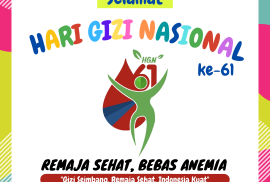Malnutrition refers to deficiencies, excesses, or imbalances of someone’s energy and/or nutrients intake. It’s divided into 2 broad groups of conditions, i.e. undernutrition and overnutrition. Monitoring body weight regularly could help to maintain normal body weight and prevent malnutrition.
Based on World Health Organization, obesity is defined as excessive fat accumulation that presents a higher risk of comorbidity and mortality. Comorbid can affect someone’s quality of life. Some of those comorbid risks are:
- Cardiovascular disease,
- Digestive disorder,
- Type 2 diabetes mellitus,
- Respiratory disorder,
- Sleeping disorder, and
- Psychological disorder.
Weight loss in obese patients can significantly improve health and reduce the risk of developing comorbid diseases. The recommended weight loss is 0.5-1 kg/week. Extreme weight loss is not recommended because it can lead to health problems such as gallstone formation, dehydration, decreased muscle mass, metabolic disorders, and micronutrient deficiencies.
Similar to obesity, undernutrition can also cause health problems and an increased risk of mortality, especially in infants and children. Undernutrition can cause delays in children’s growth and development. Undernutrition can also cause other health problems, such as:
- Reduced muscle mass and fat-free mass,
- Decreased immune system and increased risk of disease infections,
- Decreased bone mass,
- Anemia,
- Vitamin deficiency,
- Fertility disorders and pregnancy problems,
- Digestive disorders,
- Slower wound healing,
- Psychological disorders, and
- Sleeping disorders.
References:
Karmacharya, P., Shrestha, G.L., Singh, S., & Shrestha, O.K. (2019) Relation of Waist Hip Ratio and BMI with the Vital Capacity. Journal of Chitwan Medical College, 9(29), pp. 51-55
Kementerian Kesehatan RI (2014) Pedoman Gizi Seimbang. Jakarta: Kementerian Kesehatan RI.
Sharon, M.F. (2017) Obesity: Risk Factors, Complications, and Strategies for Sustainable Long-Term Weight Management. Journal of the American Association of Nurse Practitioners, 29(Suppl 1), pp. S3-S14.
Uzogara, S.G. (2016) Underweight, the Less Discussed Type of Unhealthy Weight and Its Implications: A Review. American Journal of Food Science and Nutrition Research, 3(5), pp. 126-142.
World Health Organization (2020) Malnutrition. [Online] Available at: https://www.who.int/news-room/q-a-detail/malnutrition [Accessed: March 31, 2021].
Author: Stefanie Intan Budi Astuti

